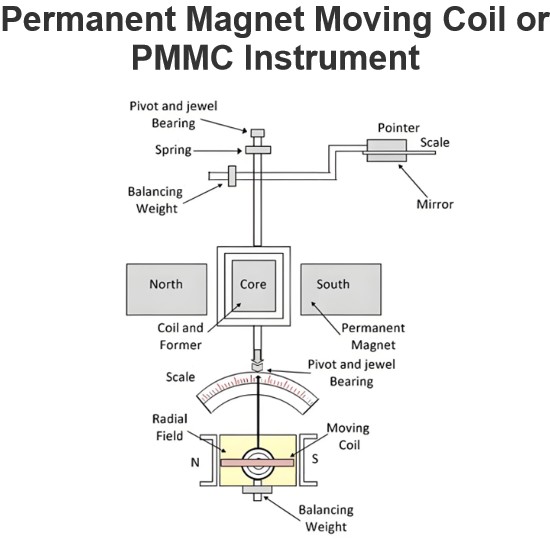What’s the difference in the circuit breaker for air - insulated vs gas - insulated?
ABB
05/26/2025
Insulation Performance:
Arc - Extinguishing Ability:
Structure and Volume:
Environmental Adaptability:
Maintenance and Cost:
Topics
As an authorized distributor of ABB products, we take great pride in our partnership.













